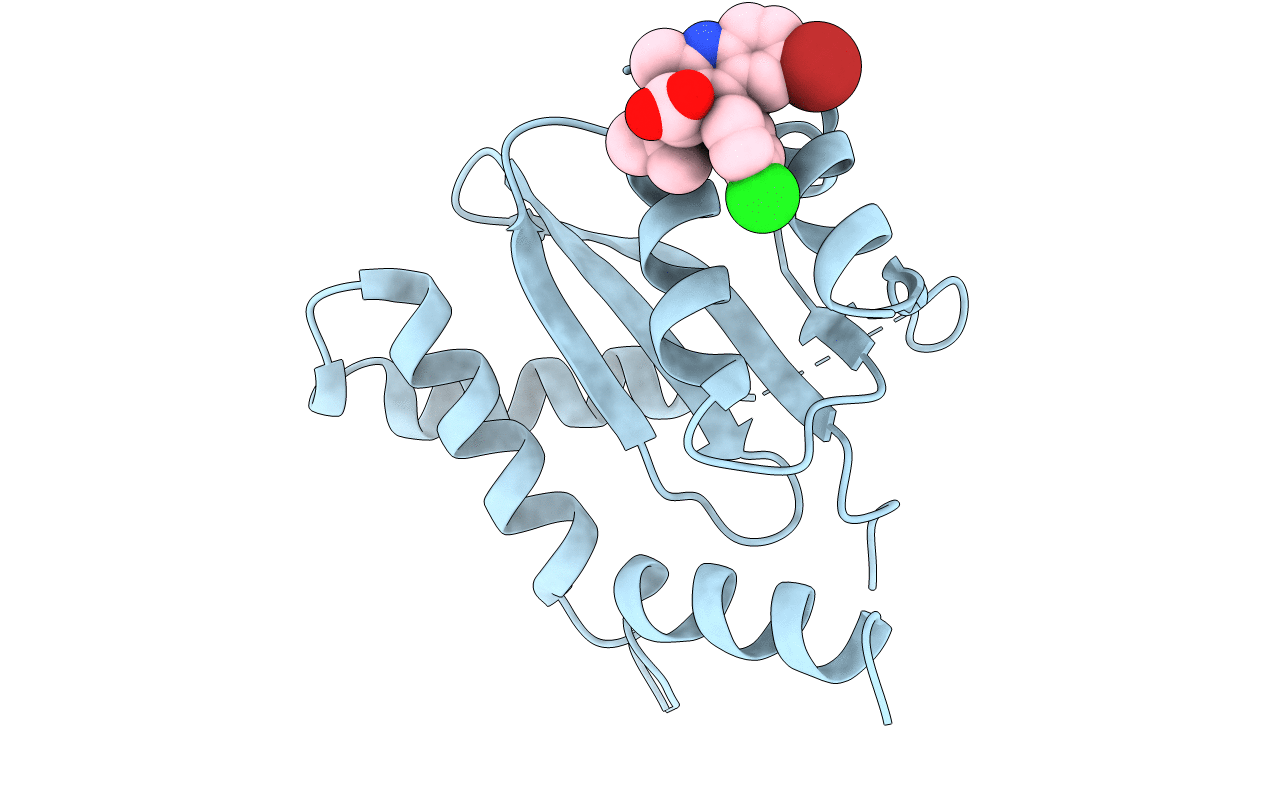
Deposition Date
2012-08-31
Release Date
2013-05-01
Last Version Date
2024-02-28
Entry Detail
PDB ID:
4GW6
Keywords:
Title:
HIV-1 Integrase Catalytic Core Domain Complexed with Allosteric Inhibitor
Biological Source:
Source Organism:
Host Organism:
Method Details:
Experimental Method:
Resolution:
2.65 Å
R-Value Free:
0.23
R-Value Work:
0.19
R-Value Observed:
0.19
Space Group:
P 31 2 1


